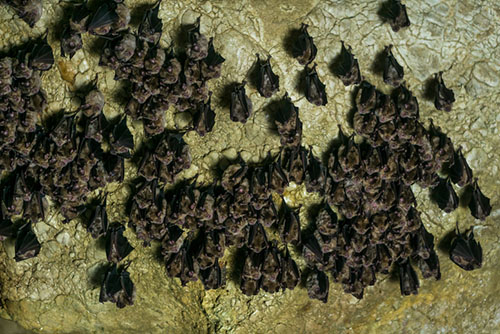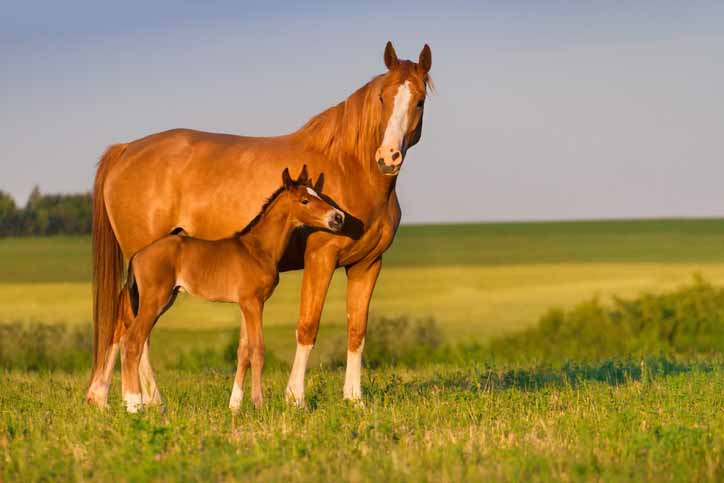Laminitis in Goats
(Founder)
- Lameness in Goats
- Overview of Lameness in Goats
- Caprine Arthritis and Encephalitis
- Contracted Tendons in Goat Kids
- Copper Deficiency in Goats
- Epiphysitis in Goats
- Footrot and Foot Scald in Goats
- Joint-ill in Goats
- Laminitis in Goats
- Mycoplasmosis in Goats
- Trauma in Goats
- White Muscle Disease in Goats
Laminitis in goats is seen worldwide, but the incidence is lower than that in dairy cattle and horses. Predisposing causes include overeating or sudden access to concentrates, high-grain and low-roughage diets, or high-protein diets. Laminitis can also develop as a complication of acute infections such as mastitis, metritis, or pneumonia, especially after kidding.
When laminitis is severe, the affected goat is lame and reluctant to move; there is a fever, and all four feet are hot to the touch. Touching the coronary band elicits a severe pain reaction. In less severe cases, only the forefeet are affected. Laminitis can become chronic if the initial phase is not diagnosed or treated successfully. The onset is insidious, but eventually the goat is seen walking on its knees, with “sled-runner” deformities of its hooves.
In acute laminitis, the predisposing condition, if identifiable, must be corrected promptly. The laminitis is treated with analgesics such as daily parenteral flunixin meglumine, and hosing or soaking the affected feet is also useful. Although antihistamines are frequently used, their effectiveness in treatment of laminitis in goats remains unproved. Similarly, the use of corticosteroids is controversial because they may contribute to laminitis in horses, and they should not be used in pregnant does because of the risk of abortion. Chronic laminitis with deformed hooves is treated by routine, vigorous foot trimming.
- Lameness in Goats
- Overview of Lameness in Goats
- Caprine Arthritis and Encephalitis
- Contracted Tendons in Goat Kids
- Copper Deficiency in Goats
- Epiphysitis in Goats
- Footrot and Foot Scald in Goats
- Joint-ill in Goats
- Laminitis in Goats
- Mycoplasmosis in Goats
- Trauma in Goats
- White Muscle Disease in Goats





